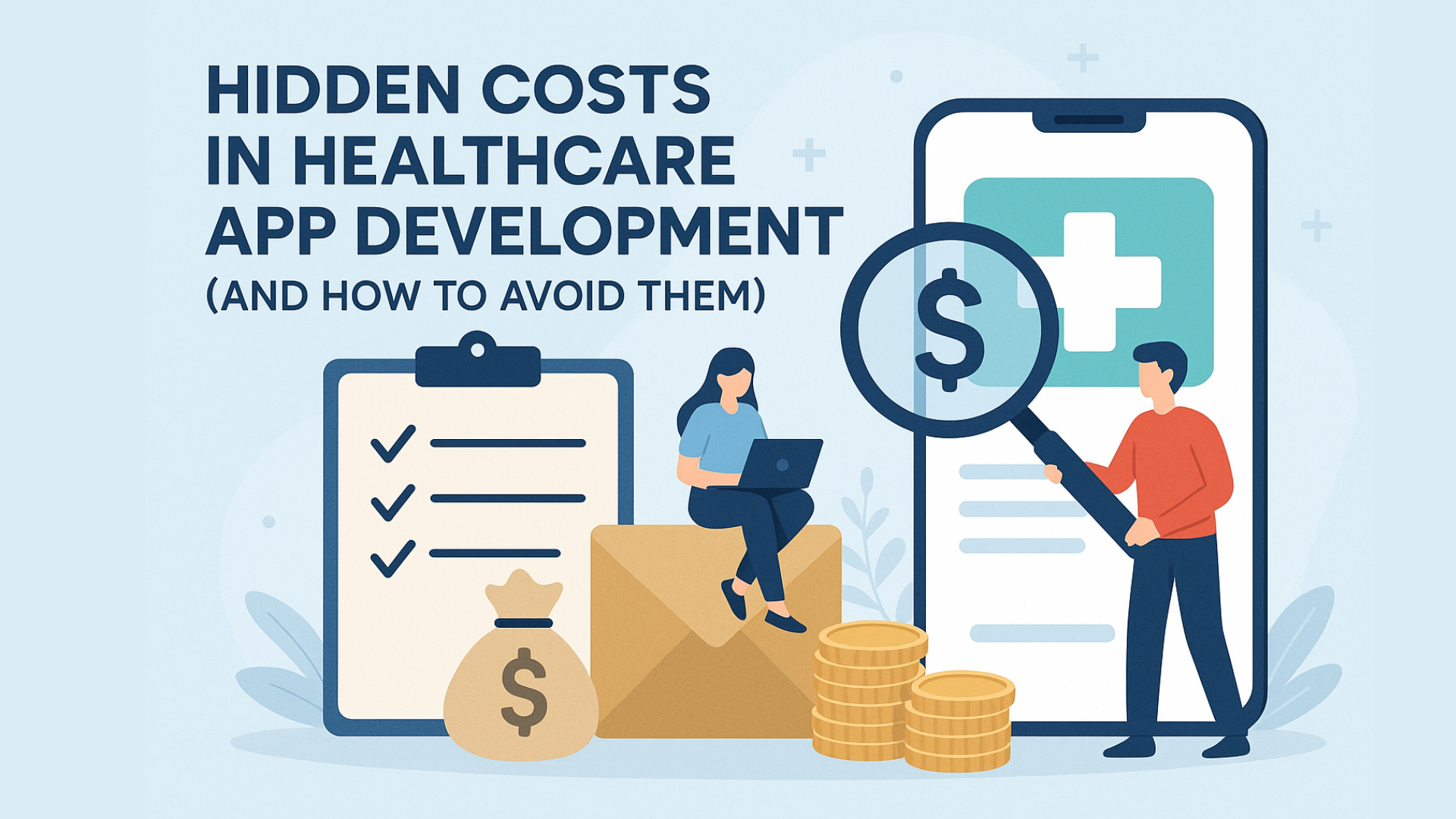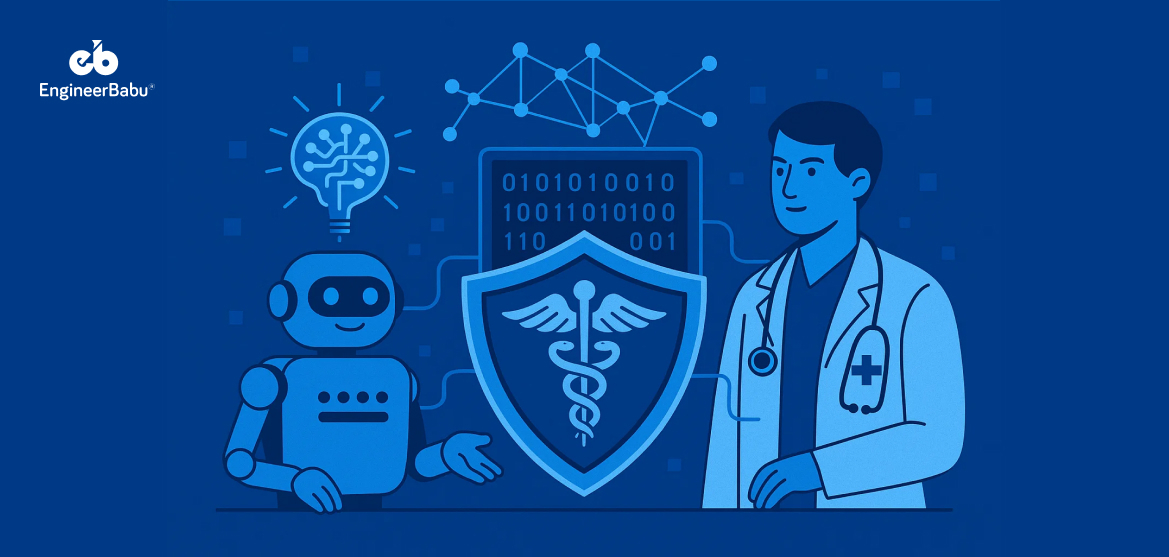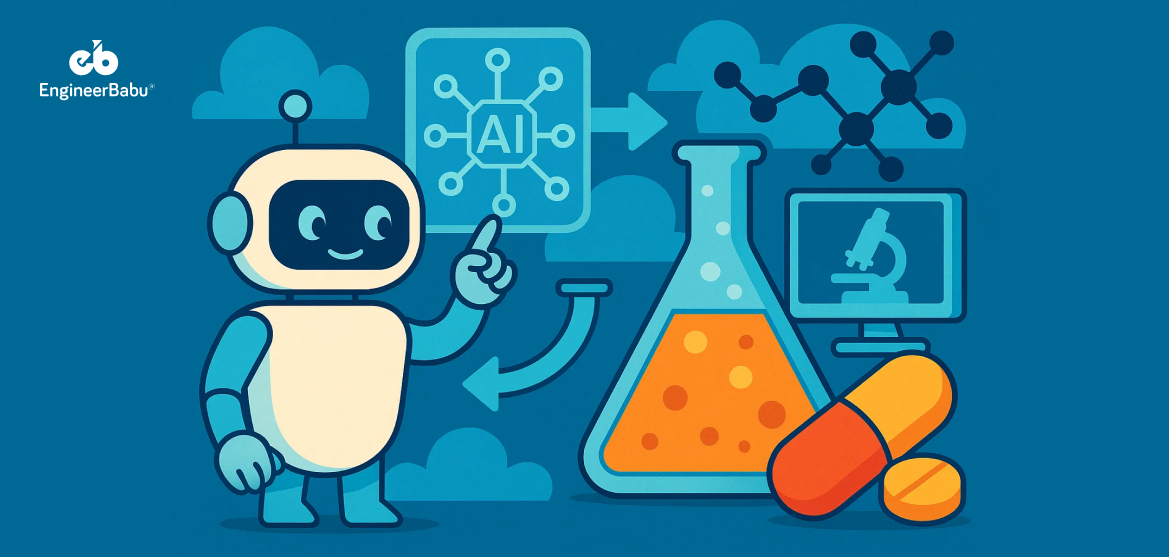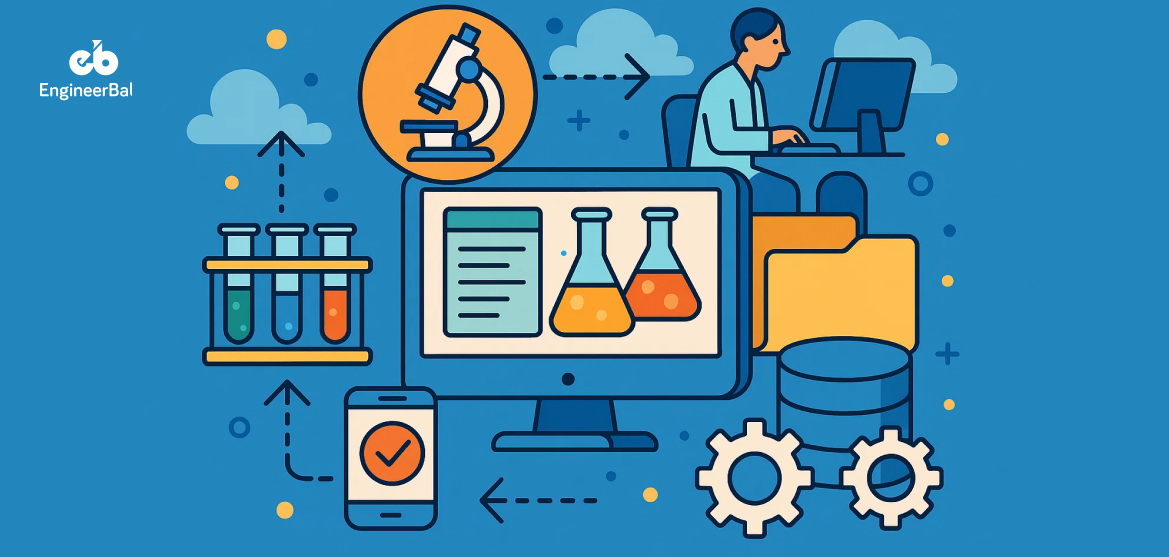Budget overruns are one of the fastest ways healthcare startups lose momentum. A project that was supposed to cost $100,000 often ends up closer to $150,000 or more — not because of mismanagement, but because of hidden expenses the founders didn’t account for.
According to a 2024 HIMSS report, over 37% of digital health projects exceed their initial budgets due to factors like compliance costs, post-launch updates, and unexpected infrastructure needs. These hidden costs are rarely visible during planning stages but show up later as major drains on cash flow, product timelines, and investor trust.
This guide breaks down the most common hidden costs in healthcare app development, with specific examples of where startups typically go wrong. More importantly, it shows exactly how to avoid these traps, so you can protect your budget and deliver a scalable product without nasty surprises.
7 Hidden Costs in Healthcare development
Compliance and Regulatory Expenses
Founders often overlook the ongoing nature of compliance costs. It is not a one-time investment. HIPAA audits, security risk assessments, and legal consultations need to be factored into your operational budget year after year.
A single audit failure can lead to fines exceeding $50,000, according to HHS guidelines, and can instantly stall your app’s market entry.
Another hidden layer is certification expenses. Depending on your market, you may need HITRUST, ISO 27001, or other industry certifications that require both upfront audits and annual renewals. These certifications often cost tens of thousands of dollars per cycle, including consultancy and compliance software fees.
If you are outsourcing development, make sure the vendor has direct experience with healthcare compliance. Without it, you will end up paying double — once to build the app, and again to rebuild it correctly when compliance gaps are discovered during legal review.
Integration with Third-Party Systems
Many healthcare apps need to integrate with external systems like Electronic Health Records (EHR), pharmacy databases, or insurance portals. These integrations are rarely simple.
Every system you connect to has its own technical requirements, licensing fees, and approval processes. For example, integrating with a major EHR platform like Epic or Cerner often requires paying for API access, investing in developer certifications, and navigating long onboarding timelines.
If your app needs custom middleware to bridge different systems, development costs can rise quickly. Founders who budget only for surface-level API work often end up facing unexpected delays and extra sprints to troubleshoot data compatibility or security gaps.
Building integration the right way — with proper error handling, encryption, and auditability — usually adds at least 15–25% to the original development estimate.
Infrastructure and Hosting
Healthcare apps have stricter hosting demands than typical consumer apps. Patient data must be stored securely, redundantly, and compliantly. Standard cloud services like AWS or Azure are commonly used, but HIPAA-compliant configurations cost significantly more than basic hosting plans. Expect to pay for Business Associate Agreements (BAAs), specialized encryption services, and disaster recovery setups.
Another hidden cost is scalability. If your app is designed to serve a few clinics initially but needs to expand to a regional network later, infrastructure decisions made early can either support or strangle growth. Founders who underestimate future server load, backup requirements, or uptime SLAs often find themselves facing expensive migration projects within the first year.
Post-Launch Maintenance and Updates
Building the app is just the beginning. Healthcare apps require frequent maintenance after launch to remain functional and compliant. Patching security vulnerabilities, updating libraries, releasing compatibility updates with new iOS and Android versions, and responding to user feedback are all ongoing costs.
In healthcare, even minor bugs can have serious consequences if they affect clinical workflows or patient communications. Expect to allocate at least 15–20% of your initial development budget annually toward maintenance. Ignoring this cost is a common reason why promising apps quietly collapse after their first release cycle.
User Acquisition and Marketing
The healthcare app market is crowded, and users — whether they are patients, providers, or administrators — do not magically appear after launch. App Store Optimization (ASO), digital marketing campaigns, paid ads, and community outreach are real costs that need to be budgeted from the start.
In healthcare especially, acquisition costs can be higher than other industries because of trust barriers. Convincing a hospital to adopt your app, or getting a patient to share sensitive health information, often requires more marketing effort, content creation, and proof of security compared to consumer apps.
Skipping marketing planning often leads to apps that function technically but fail to achieve adoption targets.
User Support and Customer Service
Healthcare users expect responsive support, especially when dealing with health-related technology. Setting up a ticketing system, hiring support staff, writing knowledge bases, and preparing escalation paths for urgent issues are not optional if you want institutional clients or serious user retention.
Support costs scale with user base growth. If 1,000 users generate 5% support requests per month, you need staffing to handle 50 cases monthly. Without planning for this, founders either burn out internal teams or deliver poor user experiences that erode app credibility.
App Store Fees and Compliance
Publishing on app stores introduces recurring fees. Apple charges $99 per year for a developer account, Google Play charges $25 one time, but both stores take a commission on in-app purchases and subscriptions (typically 15–30%).
Beyond fees, both stores have strict guidelines for apps that handle sensitive data. Healthcare apps must pass more extensive review processes, including disclosures about data usage, user permissions, and HIPAA compliance notices.
Failing these reviews can delay your launch by weeks and require unexpected development work to meet platform standards.
Security Measures Beyond Compliance
Meeting baseline HIPAA compliance is not enough to truly secure a healthcare app. Sophisticated cyberattacks targeting health data are rising sharply, and healthcare breaches now cost organizations an average of $10.93 million per incident according to IBM’s 2024 Cost of a Data Breach Report.
Advanced threat protection systems, penetration testing, zero-trust architecture, and real-time threat monitoring all add costs beyond the basic compliance checklist. If these protections are skipped or minimized, a single security incident can cost far more than all the security investments combined.
Team Management and Coordination
Remote and hybrid teams need serious investment in tools and processes to operate efficiently. Project management software like Jira or Asana, communication platforms like Slack, secure file sharing systems, and proper onboarding documentation are critical hidden costs that creep up as projects scale.
Poor team coordination often leads to duplicated work, missed compliance tasks, and communication breakdowns during critical launch phases. Founders who invest in lightweight but effective project management early avoid costly delays later.
Contingency and Unexpected Expenses
No matter how careful the planning, hidden costs emerge. Scope creep, new compliance regulations, feature pivots based on user feedback, and vendor delays are common.
Best practice is to allocate at least 10–20% of your total budget as a contingency reserve. This safety margin prevents projects from stalling halfway when new requirements surface. Skipping this step almost guarantees budget overruns.
Conclusion
Hidden costs are a major reason healthcare app projects exceed their budgets and timelines. Expenses tied to compliance, system integrations, infrastructure, and post-launch maintenance often appear late but impact delivery heavily.
Founders who plan for these costs from the beginning are better equipped to keep their apps on schedule, maintain investor trust, and control operational risks.
A structured, detailed budgeting process is not optional for healthcare apps. It is a necessary step to avoid gaps that could threaten product viability after launch.
FAQs
What are the most commonly overlooked costs in healthcare app development?
The most overlooked costs include HIPAA compliance implementation, EHR integration fees, infrastructure for secure data hosting, post-launch maintenance, and user support setup. These often add 20–40% to the base development budget.
How much should I budget for compliance-related expenses?
Plan for 10–15% of your total budget to go toward compliance. This includes legal reviews, HIPAA security features, data handling protocols, and optional certifications like HITRUST or ISO 27001. Costs are recurring, not one-time.
Do EHR integrations come with licensing fees?
Yes. Many EHR platforms charge access or API fees. Some also require developer certification or formal onboarding, which adds both time and cost to the project. Always confirm integration costs during planning, not after development begins.
How can I estimate post-launch costs accurately?
A good rule is to allocate 15–20% of the initial development cost annually for maintenance. This covers bug fixes, security patches, OS compatibility updates, and feature upgrades. Ignoring this budget leads to stalled releases and usability issues.
Should I include a contingency buffer in my app budget?
Yes. Set aside 10–20% of your total project budget for unexpected expenses. Scope changes, vendor delays, compliance updates, and performance bottlenecks are common and rarely accounted for in initial quotes.




